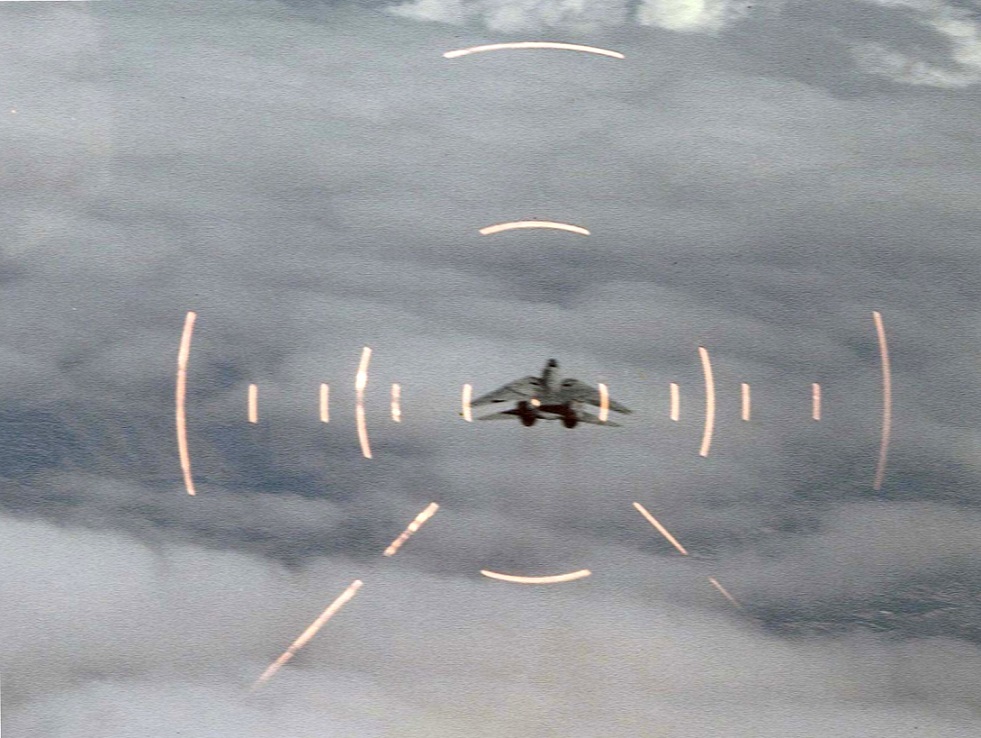This post is also available in:
 עברית (Hebrew)
עברית (Hebrew)
Augmented reality (AR) superimposes digital data on the physical world. By contrast, virtual reality (VR) is when the user sees only digital imagery. AR is applied in various military uses. The US military’s go-to model is the Head-Up Displays or HUDs found in fighter jets, which project data on a transparent pane in front of the pilot so they can check their instruments while still scanning the sky for danger, without having to look down at dials and screens (hence “head-up display”).
According to breakingdefense.com, that kind of technology has become common in combat aircraft, but previous efforts to miniaturize it for foot troops failed. When soldiers need to check their digital maps, for instance, they have to pull out their devices and look down, taking their eyes off the real battlefield around them.
Now the Army thinks it can make a HUD for the infantry and get it right. A new helmet-mounted display, nicknamed HUD 3.0, could help soldiers aim better, navigate better, and even train against virtual enemies projected onto their field of view. The helmet will be tested by US Army soldiers in 18 months.
In addition to real-life data from the tactical network, HUD 3.0 will be able to superimpose purely digital terrain, obstacles, and even enemies over the wearer’s field of vision, allowing a unit to run much more complex and challenging training scenarios.
Currently, major Combat Training Centers feature an “opposing force” (OPFOR) of specially trained troops to fight against visiting units, but wargames there are expensive and a soldier would be lucky to go once a year. With HUD 3.0, soldiers could train against an augmented-reality OPFOR every day at their own home bases.
There’s a lot left to work out, both technically and tactically. The HUD needs to be made light, compact, rugged, and easier to use — unlike the infamous Land Warrior reticle that effectively blinded the user in one eye and broke easily.
The final device also needs some kind of settings menu or dial that controls how much detail the user is seeing. Commanders may want much more detailed tactical symbology than a regular rifleman in the middle of a firefight.


























